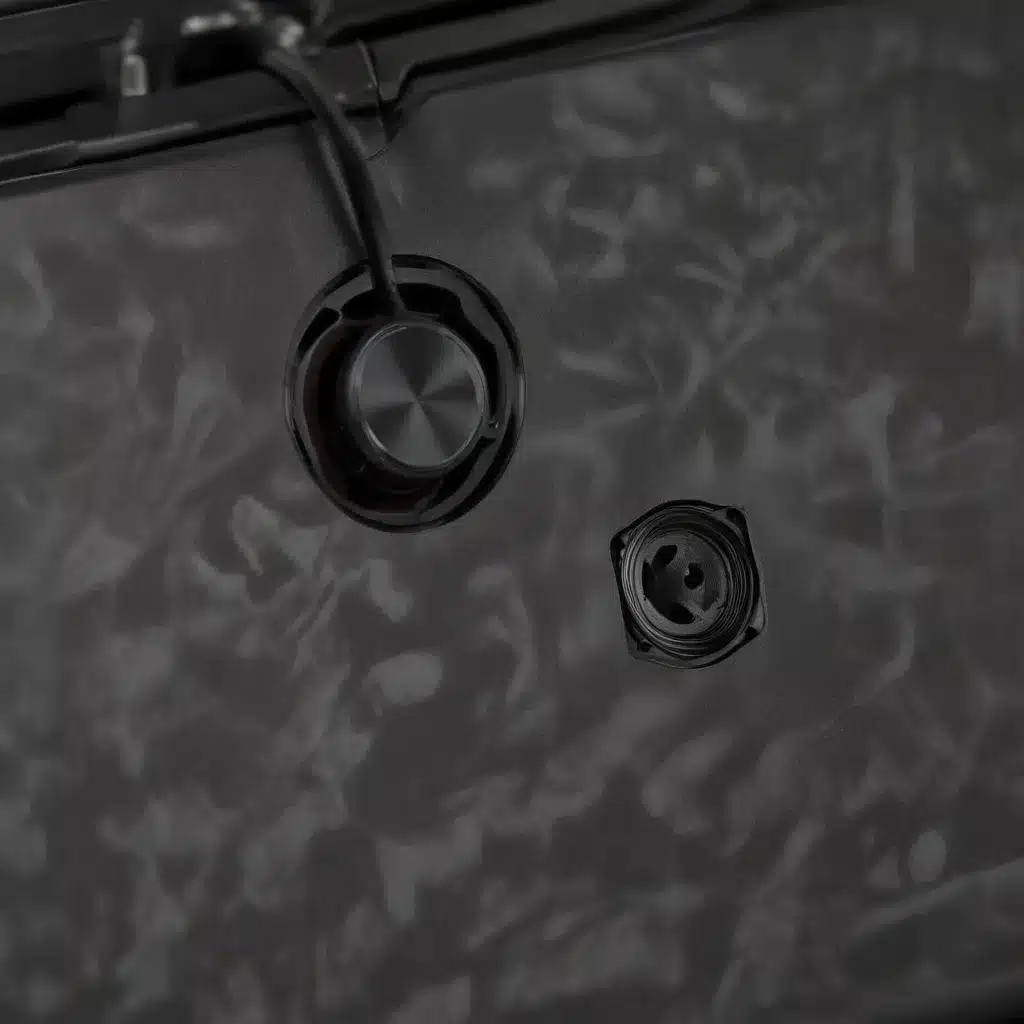
Identifying the Root Cause of Laptop Audio Problems
As an experienced IT professional, I’ve encountered numerous cases of laptop users struggling with audio connectivity issues, ranging from headphone problems to speaker malfunctions. These issues can be incredibly frustrating, particularly when they disrupt important video calls, online meetings, or multimedia experiences. In this comprehensive article, we’ll delve into the common causes of laptop audio jack problems and explore practical troubleshooting steps to help you resolve these connectivity challenges.
Understanding the Anatomy of a Laptop’s Audio Jack
The audio jack on a laptop is a crucial interface that allows users to connect various audio devices, such as headphones, speakers, and microphones. This port is responsible for transmitting both input and output audio signals, enabling seamless audio experiences. However, when this jack experiences issues, it can lead to a range of problems, including the inability to hear audio, difficulties with audio input, or even complete audio failure.
Common Causes of Laptop Audio Jack Problems
-
Hardware Damage: Over time, the audio jack on a laptop can become physically damaged, either due to wear and tear or accidental impact. This can lead to loose connections, intermittent functionality, or a complete failure of the jack.
-
Software Conflicts: Compatibility issues between the laptop’s audio drivers and the operating system, or even conflicting audio software, can cause audio jack malfunctions.
-
Outdated or Corrupted Drivers: Outdated, incompatible, or corrupted audio drivers can prevent the laptop’s audio jack from functioning correctly.
-
System Settings Misconfiguration: Incorrect audio settings, such as muted or disabled audio channels, can contribute to audio jack problems.
-
Electromagnetic Interference: Certain electronic devices or components within the laptop can create electromagnetic interference, disrupting the audio jack’s performance.
-
Liquid Damage: Spilling liquids on the laptop, especially near the audio jack, can lead to corrosion and electrical issues, resulting in connectivity problems.
Troubleshooting Steps for Laptop Audio Jack Issues
Now that we’ve identified the potential causes of laptop audio jack problems, let’s explore the step-by-step troubleshooting process to resolve these issues.
Step 1: Check the Physical Condition of the Audio Jack
Begin by visually inspecting the audio jack on your laptop. Look for any signs of physical damage, such as bent or broken pins, corrosion, or debris buildup. If you notice any obvious issues, it’s best to consult a professional technician for further assistance, as a hardware repair may be necessary.
Step 2: Troubleshoot Audio Device Compatibility
Ensure that the audio device you’re trying to connect (e.g., headphones, speakers) is compatible with your laptop’s audio jack. Check the device’s specifications to confirm it’s designed for the correct audio jack type (3.5mm or USB-C) and that it’s compatible with your laptop’s operating system.
Step 3: Update Audio Drivers
Outdated or corrupted audio drivers can often lead to audio jack problems. Follow these steps to update your laptop’s audio drivers:
- Open the Device Manager by pressing the Windows key + X and selecting “Device Manager.”
- Expand the “Sound, video and game controllers” section.
- Right-click on the audio device driver and select “Update driver.”
- Choose the option to “Search automatically for updated driver software.”
- If an updated driver is available, follow the on-screen instructions to install it.
Step 4: Verify Audio Settings in the Operating System
Incorrect audio settings can prevent the audio jack from functioning correctly. Follow these steps to check and adjust your laptop’s audio settings:
- Open the Sound Settings (Windows key + X, then select “Sound”).
- Ensure the correct audio input and output devices are selected.
- Check the volume levels for both input and output and make any necessary adjustments.
- Verify that the audio devices are not muted or disabled.
Step 5: Troubleshoot Audio Software Conflicts
If you have any third-party audio software installed on your laptop, such as media players or audio enhancement tools, ensure they are not interfering with the audio jack’s functionality. Try disabling or uninstalling any conflicting software and see if the audio jack starts working correctly.
Step 6: Perform a System Reset (As a Last Resort)
If the above troubleshooting steps do not resolve the audio jack issue, you may need to perform a system reset. This will restore your laptop’s settings to their default state, which can help address any underlying software or configuration problems. However, keep in mind that this process will erase all your personal files, so be sure to back up any important data before proceeding.
Preventive Measures for Laptop Audio Jack Longevity
To minimize the risk of future audio jack problems, consider the following preventive measures:
- Handle the Audio Jack with Care: Avoid excessive force or sudden movements when connecting or disconnecting audio devices to prevent physical damage to the jack.
- Keep the Audio Jack Clean: Regularly inspect the jack and use a soft, dry brush or compressed air to remove any dust or debris buildup.
- Protect the Audio Jack: Consider using a protective cover or case for your laptop to shield the audio jack from accidental impacts or spills.
- Update Drivers Regularly: Ensure you keep your laptop’s audio drivers up to date to maintain compatibility and prevent software-related issues.
Conclusion
Laptop audio jack problems can be frustrating, but with the right troubleshooting approach and preventive measures, you can often resolve these issues and restore your audio connectivity. By following the steps outlined in this article, you’ll be better equipped to identify and address common causes of audio jack malfunctions, ensuring your laptop’s audio capabilities remain reliable and efficient.
If you’ve found this article helpful, be sure to check out the https://itfix.org.uk/ website for more in-depth technology insights and IT solutions. Our team of experienced professionals is dedicated to providing practical tips and expert guidance to help you overcome your technology challenges.












